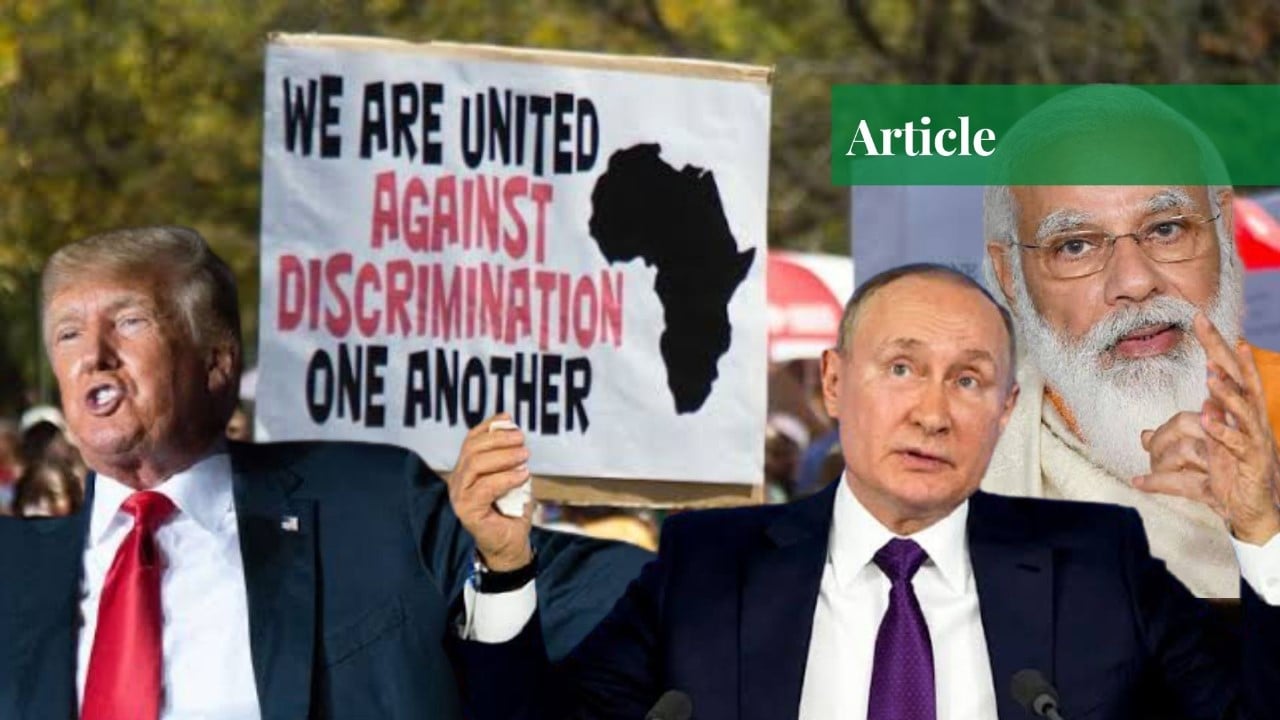In times of crisis and disaster, when communities are ravaged by wars, natural calamities, or other catastrophic events, international humanitarian aid plays a crucial role in providing hope and support. Humanitarian organizations and individuals from around the world unite to extend a helping hand, offering assistance, relief, and resources to those in need. This article aims to explore the significance of international humanitarian aid in crisis zones and how it brings hope to the affected communities.
Crisis zones are areas that have been severely affected by conflicts, natural disasters, or other emergencies. These regions face immense challenges and are in dire need of external support to cope with the devastating consequences. International humanitarian aid serves as a beacon of hope, providing the necessary assistance and resources to rebuild shattered lives and communities.
Understanding Crisis Zones
Crisis zones are characterized by widespread destruction, displacement, and loss. They can be the result of armed conflicts, such as civil wars or territorial disputes, or natural disasters, including earthquakes, floods, hurricanes, or droughts. These situations create an urgent need for humanitarian aid to address immediate and long-term challenges.
The Importance of International Humanitarian Aid
International humanitarian aid plays a vital role in crisis zones by offering immediate relief, restoring essential services, and promoting sustainable development. It involves the collaboration of governments, non-governmental organizations (NGOs), and dedicated individuals who work tirelessly to alleviate suffering and provide hope to affected communities.
Responding to Immediate Needs
In crisis zones, the first priority of humanitarian aid is to respond to immediate needs. This involves search and rescue operations, emergency medical assistance, and the distribution of essential supplies like food, water, and shelter. The goal is to stabilize the situation and ensure the survival and well-being of the affected population.
Providing Food and Shelter
Access to food and shelter is crucial in crisis zones where communities have been displaced or their infrastructure destroyed. Humanitarian organizations collaborate with local partners to provide emergency food rations, establish temporary shelters, and support sustainable agriculture projects to help communities regain self-sufficiency.
Access to Healthcare and Medical Assistance
In crisis zones, access to healthcare is often limited or completely disrupted. International humanitarian aid helps in establishing field hospitals, providing medical supplies, and ensuring access to essential healthcare services. Vaccination campaigns, disease prevention, and emergency medical response are critical components of humanitarian aid efforts.
Ensuring Clean Water and Sanitation
Clean water and sanitation facilities are fundamental for the well-being and survival of communities in crisis zones. Humanitarian aid focuses on establishing safe water sources, distributing water purification tablets, constructing latrines, and promoting hygiene practices to prevent the outbreak of waterborne diseases.
Restoring Education and Livelihoods
Education is a powerful tool for empowerment and rebuilding communities. Humanitarian aid efforts aim to restore educational systems, establish temporary learning spaces, provide educational materials, and support teacher training. Additionally, livelihood programs and vocational training help individuals regain self-reliance and rebuild their lives after crisis situations.
Psychological Support and Trauma Healing
Crisis zones leave deep emotional scars on individuals, especially children who have witnessed violence or lost loved ones. Humanitarian aid recognizes the importance of psychological support and trauma healing. Trained professionals offer counseling services, organize recreational activities, and create safe spaces where affected individuals can express their emotions and begin the healing process.
Building Resilience and Long-Term Recovery
International humanitarian aid aims to build resilience and promote long-term recovery in crisis zones. This involves supporting community-led initiatives, strengthening local institutions, and implementing sustainable development projects. By empowering communities to rebuild and recover, humanitarian aid paves the way for a more stable and prosperous future.
Collaborating with Local Partners
Successful humanitarian aid requires close collaboration with local partners, including governments, NGOs, and community organizations. Local knowledge and expertise are essential in understanding the specific needs and cultural contexts of crisis-affected populations. By working together, humanitarian efforts become more effective and sustainable.
Ensuring Accountability and Transparency
Transparency and accountability are crucial in humanitarian aid operations. Organizations involved in providing assistance must ensure that resources are used efficiently and reach those in need. Robust monitoring and evaluation systems, along with regular reporting, help maintain transparency and improve the effectiveness of humanitarian interventions.
Challenges in Humanitarian Aid Delivery
Delivering humanitarian aid in crisis zones is not without challenges. Insecurity, logistical constraints, political complexities, and limited access to affected areas can hinder the timely and effective delivery of assistance. Humanitarian organizations must adapt to these challenges, employ innovative strategies, and build strong partnerships to overcome obstacles.
The Role of Technology in Humanitarian Aid
Technology plays a significant role in enhancing the effectiveness of humanitarian aid. Tools such as remote sensing, data analysis, and communication technologies enable better coordination, needs assessment, and response planning. Additionally, digital platforms facilitate fundraising, volunteer engagement, and information dissemination during crises.
International humanitarian aid offers a lifeline to crisis zones, providing hope, relief, and support to communities devastated by conflicts, natural disasters, and emergencies. By addressing immediate needs, restoring essential services, and promoting long-term recovery, humanitarian aid organizations contribute to rebuilding shattered lives and creating a brighter future.
FAQs
1. How can I contribute to international humanitarian aid efforts?
There are several ways to contribute to international humanitarian aid efforts. You can donate to reputable humanitarian organizations, volunteer your time and skills, or advocate for increased support and awareness of crisis situations.
2. How do humanitarian organizations prioritize their interventions in crisis zones?
Humanitarian organizations prioritize their interventions based on the severity of needs, vulnerability of the affected population, and available resources. They conduct assessments to identify the most critical areas requiring immediate assistance.
3. What are some of the most significant challenges faced by humanitarian aid workers in crisis zones?
Some of the significant challenges faced by humanitarian aid workers include security risks, limited access to affected areas, lack of resources, political complexities, and coordination among different stakeholders.
4. How long does it take for a crisis zone to recover with the help of international humanitarian aid?
The duration of recovery in a crisis zone depends on various factors, including the scale of the crisis, available resources, and the level of cooperation between humanitarian organizations, governments, and local communities. Recovery can range from several months to several years.
5. Are there any long-term solutions implemented alongside immediate relief efforts in crisis zones?
Yes, alongside immediate relief efforts, humanitarian organizations work on implementing long-term solutions. These include rebuilding infrastructure, supporting sustainable development projects, promoting education, and empowering communities to become more resilient to future crises.










 English (US) ·
English (US) ·